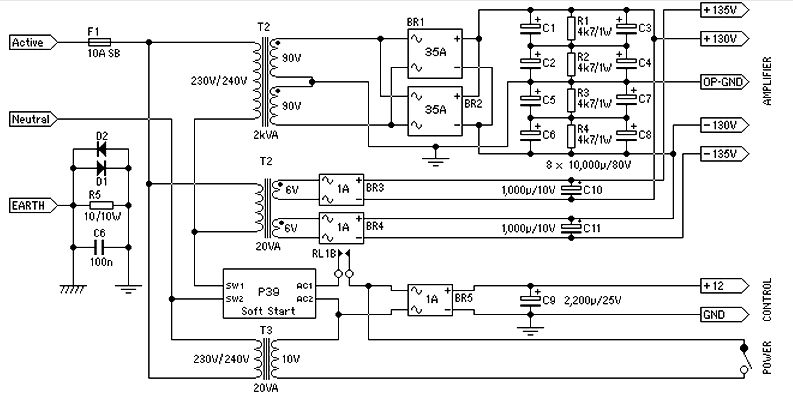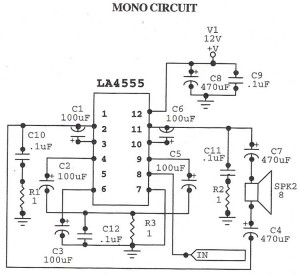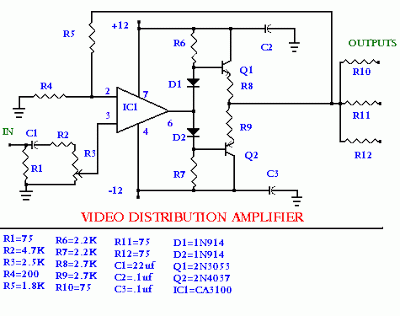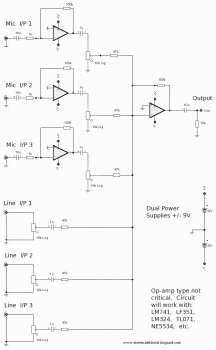
DIY an USB Audio DAC and Leave More Green Cow in Your Wallet
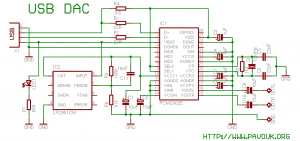
There is a significant interest in audio DAC design, particularly in creating a low-cost yet powerful audio DAC. This guide will provide instructions on how to build a personal audio DAC using the PCM2902 circuit. The project involves designing the DAC to operate via USB, utilizing a one-sided PCB. The circuit board is designed to be efficient, allowing all components, except for the crystal and USB connector, to be placed on the bottom side.
The PCM2902 is a USB audio codec that integrates a digital-to-analog converter (DAC) with a USB interface, making it suitable for applications requiring audio playback from a USB source. The design process begins with the selection of a one-sided printed circuit board (PCB), which simplifies manufacturing and assembly. The one-sided PCB layout minimizes complexity, allowing for easier soldering and component placement.
In this DAC design, the PCM2902 will convert digital audio signals received through the USB interface into analog signals, which can then be amplified and sent to speakers or headphones. Key components of the circuit include the PCM2902 chip, decoupling capacitors, resistors for signal conditioning, and the necessary USB connector for interfacing with audio sources. The crystal oscillator, while placed on the top side of the PCB, ensures accurate timing for the digital audio processing.
The design emphasizes the importance of grounding and power supply decoupling to minimize noise in the audio output. Proper layout techniques, such as keeping analog and digital grounds separate, will enhance audio quality. The final assembly will require careful soldering of components to ensure reliability and performance.
Overall, this project not only fosters an understanding of audio DAC design but also provides practical experience in PCB layout and soldering techniques, contributing to the development of skills in electronics engineering.Have immensely interest in the audio DAC design, and would like to DIY a low cost but powerful audio DAC Ok, now you have the chance, as you`ll learn to create your very own audio DAC today. You will use the circuit PCM2902 for this project, where you will need to design the DAC from USB with this circuit on a one-sided PCB!
Since the circuit boa rd is a well designed one-sided board, thus everything beside the crystal and USB connector will be placed from the bottom side. We aim to transmit more information by carrying articles. Please send us an E-mail to wanghuali@hqew. net within 15 days if we are involved in the problems of article content, copyright or other problems.
We will delete it soon. 🔗 External reference
The PCM2902 is a USB audio codec that integrates a digital-to-analog converter (DAC) with a USB interface, making it suitable for applications requiring audio playback from a USB source. The design process begins with the selection of a one-sided printed circuit board (PCB), which simplifies manufacturing and assembly. The one-sided PCB layout minimizes complexity, allowing for easier soldering and component placement.
In this DAC design, the PCM2902 will convert digital audio signals received through the USB interface into analog signals, which can then be amplified and sent to speakers or headphones. Key components of the circuit include the PCM2902 chip, decoupling capacitors, resistors for signal conditioning, and the necessary USB connector for interfacing with audio sources. The crystal oscillator, while placed on the top side of the PCB, ensures accurate timing for the digital audio processing.
The design emphasizes the importance of grounding and power supply decoupling to minimize noise in the audio output. Proper layout techniques, such as keeping analog and digital grounds separate, will enhance audio quality. The final assembly will require careful soldering of components to ensure reliability and performance.
Overall, this project not only fosters an understanding of audio DAC design but also provides practical experience in PCB layout and soldering techniques, contributing to the development of skills in electronics engineering.Have immensely interest in the audio DAC design, and would like to DIY a low cost but powerful audio DAC Ok, now you have the chance, as you`ll learn to create your very own audio DAC today. You will use the circuit PCM2902 for this project, where you will need to design the DAC from USB with this circuit on a one-sided PCB!
Since the circuit boa rd is a well designed one-sided board, thus everything beside the crystal and USB connector will be placed from the bottom side. We aim to transmit more information by carrying articles. Please send us an E-mail to wanghuali@hqew. net within 15 days if we are involved in the problems of article content, copyright or other problems.
We will delete it soon. 🔗 External reference

